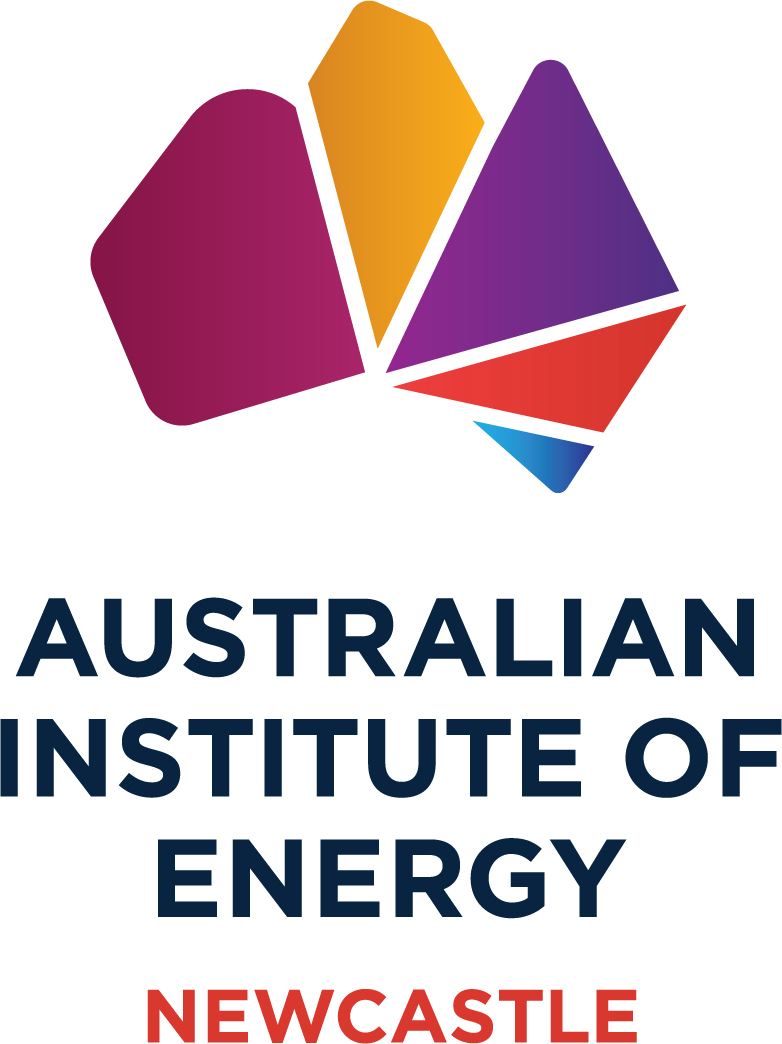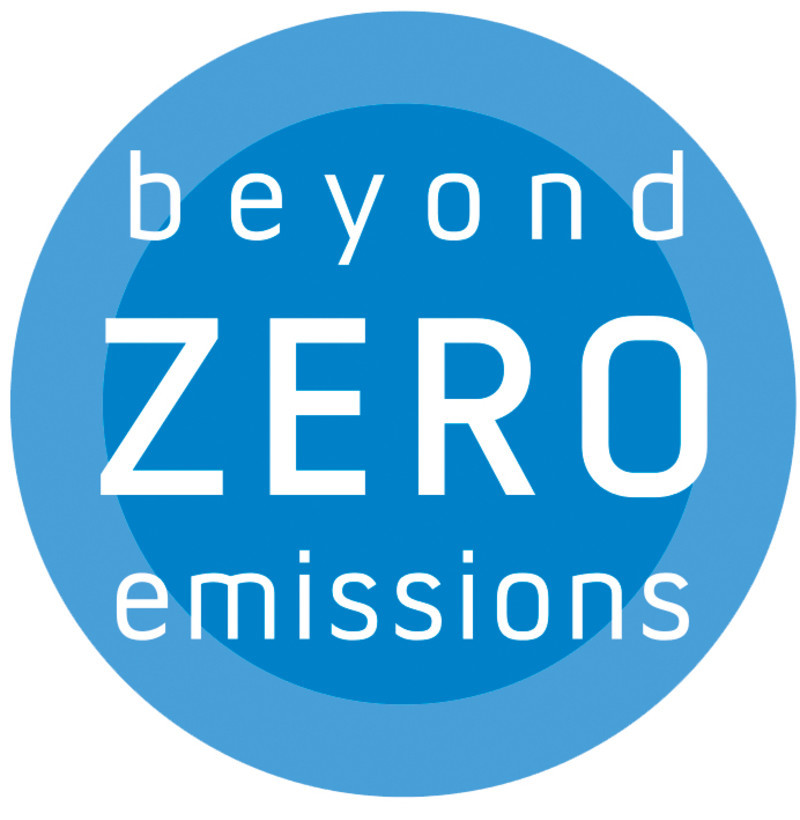New Future Fuels and Vehicles Strategy aims to hasten uptake of electric vehicles
The Australian Government has released the first national Future Fuels and Vehicles Strategy backed by an expanded $250 million Future Fuels Fund investment

The technology-led Strategy will see the Government work with industry to enhance consumer choice, create jobs and reduce emissions in Australia’s transport sector.
The expanded Future Fuels Fund, will focus on four key areas of investment, including:
- Public electric vehicle charging and hydrogen refuelling infrastructure
- Heavy and long-distance vehicle technologies
- Commercial fleets
- Household smart charging
The Government will deliver the Strategy with an expanded $250 million Future Fuels Fund, including $178 million in new funding. The Strategy is expected to result in more than $500 million of combined private and public co-investment directed into the uptake of future fuels in Australia and the creation of more than 2,600 new jobs.
Prime Minister Scott Morrison said the Future Fuels and Vehicles Strategy delivers on the Government’s recently released Long-Term Emissions Reduction Plan, which provides an Australian way to achieving net zero emissions by 2050.
“We will do this by creating the right environment for industry co-investment in technology development.
Minister for Industry, Energy and Emissions Reduction Angus Taylor said the Strategy is about helping motorists embrace the increasing range of technologies available to keep them moving in an informed and fair way.
“The Future Fuels and Vehicles Strategy sets out the Government’s technology-led approach to reducing transport emissions while ensuring Australians can drive their preferred type of vehicle – be that petrol, diesel, hydrogen or electric powered," Minister Taylor said.
“Voluntary adoption of electric vehicles is the right pathway for reducing transport emissions over the long term. Stringent standards, bans or regressive taxes will limit choice and increase the upfront costs of cars for Australians.”
The Government will also take the lead on reforms through Energy Ministers to ensure the electricity grid is ready for an increase in electric vehicles. These reforms will help to keep the grid reliable and affordable, along with avoiding the estimated $224 million in electricity network upgrades needed by 2030. Without this action, these costs would be passed on to all electricity consumers, even those who do not choose to buy an electric vehicle.
Many Australians are already making the choice to switch to new technology vehicles, with the EV Council reporting that battery electric and plug-in hybrid vehicles hit a record 8,688 sales in the first half of 2021. This is compared to 6,900 in 2020.
The Future Fuels and Vehicles Strategy contributes to Australia’s Long Term Emissions Reduction Plan by enabling the accelerated deployment of electric vehicles and other low emission transport technologies.
It also complements other government policies that will deliver strong economic and emissions reduction outcomes, including the Technology Investment Roadmap, Modern Manufacturing Strategy, National Hydrogen Strategy and the forthcoming Bioenergy Roadmap.
The additional investment in the Future Fuels Fund come off the back of a successful round one of funding, which leveraged $55 million in private sector co-investment to drive a seven-fold increase in the number of fast charging stations across urban and regional centres.













